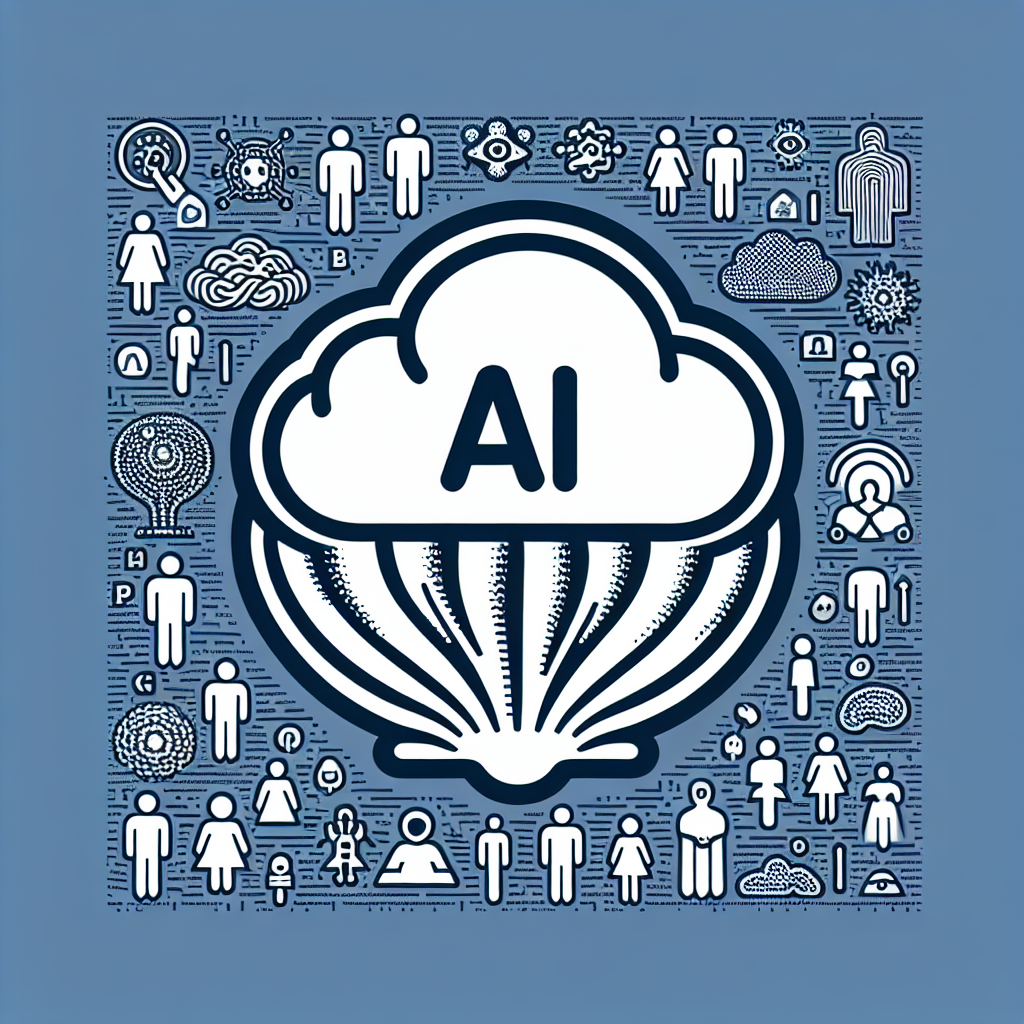AI and the Protection of Behavioral Privacy
Artificial Intelligence (AI) has become an integral part of our daily lives, from virtual assistants like Siri and Alexa to recommendation algorithms on streaming platforms like Netflix and Spotify. While AI has the potential to greatly enhance our lives and make tasks more efficient, it also raises concerns about privacy, especially when it comes to behavioral data.
Behavioral privacy refers to the protection of data related to an individual’s behavior, including their online activities, preferences, and interactions with technology. With the rise of AI, there is an increasing amount of data being collected and analyzed about individuals, which can be used to make predictions about their behavior and preferences. This has raised concerns about how this data is being used, who has access to it, and how it is being protected.
One of the key challenges in protecting behavioral privacy in the age of AI is the sheer volume of data being collected. With the proliferation of connected devices and the Internet of Things (IoT), there is an unprecedented amount of data being generated about individuals’ behavior. This data can include everything from browsing history and social media interactions to location data and biometric information. AI algorithms are then used to analyze this data and make predictions about individuals’ behavior, preferences, and even emotions.
While this data can be used to personalize services and improve user experiences, it also raises concerns about privacy and security. For example, there have been instances where companies have been accused of using behavioral data to manipulate users or target them with personalized advertisements. There have also been concerns about the potential for AI algorithms to make biased or discriminatory decisions based on individuals’ behavioral data.
To address these concerns, there are a number of strategies that can be employed to protect behavioral privacy in the age of AI. These include:
1. Transparency: Companies should be transparent about the data they are collecting, how it is being used, and who has access to it. Users should be informed about the types of data being collected and given the option to opt out if they are uncomfortable with it.
2. Data Minimization: Companies should only collect the data that is necessary for the services they provide and should not retain it for longer than is necessary. This can help reduce the risk of data breaches and unauthorized access.
3. Anonymization: Companies can anonymize the data they collect to remove personally identifiable information and reduce the risk of individuals being identified based on their behavior. This can help protect users’ privacy while still allowing for data analysis and insights.
4. Security Measures: Companies should implement strong security measures to protect the data they collect from unauthorized access and data breaches. This can include encryption, access controls, and regular security audits.
5. User Control: Users should have control over their own data and be able to access, update, or delete it as needed. Companies should provide users with clear options for managing their data and respecting their privacy preferences.
In addition to these strategies, policymakers and regulators also play a crucial role in protecting behavioral privacy in the age of AI. Laws and regulations can help establish clear guidelines for how companies should collect, use, and protect data, as well as provide recourse for individuals in case of privacy violations. For example, the General Data Protection Regulation (GDPR) in Europe has established strict rules for data protection and privacy, including the right to be forgotten and the right to access one’s own data.
Frequently Asked Questions (FAQs)
Q: What is behavioral privacy?
A: Behavioral privacy refers to the protection of data related to an individual’s behavior, including their online activities, preferences, and interactions with technology. This data can be used to make predictions about individuals’ behavior and preferences, but it also raises concerns about privacy and security.
Q: How does AI impact behavioral privacy?
A: AI algorithms analyze large amounts of data about individuals’ behavior to make predictions and recommendations. While this can enhance user experiences, it also raises concerns about how this data is being used, who has access to it, and how it is being protected.
Q: What are some strategies for protecting behavioral privacy in the age of AI?
A: Some strategies for protecting behavioral privacy include transparency, data minimization, anonymization, security measures, and user control. These strategies can help reduce the risk of data breaches and unauthorized access while still allowing for data analysis and insights.
Q: What role do policymakers and regulators play in protecting behavioral privacy?
A: Policymakers and regulators play a crucial role in establishing clear guidelines for how companies should collect, use, and protect data. Laws and regulations can help protect individuals’ privacy rights and provide recourse in case of privacy violations.
In conclusion, protecting behavioral privacy in the age of AI is a complex and evolving challenge. While AI has the potential to greatly enhance our lives, it also raises concerns about privacy and security. By implementing transparency, data minimization, anonymization, security measures, and user control, as well as working with policymakers and regulators, we can work towards ensuring that individuals’ behavioral privacy is protected in the digital age.

